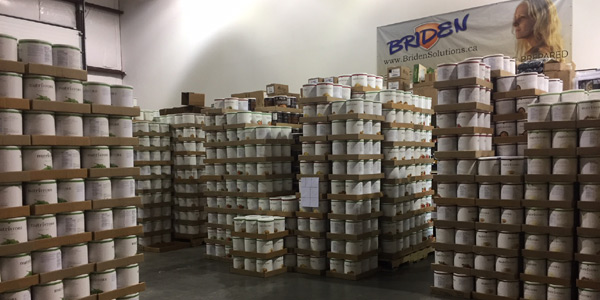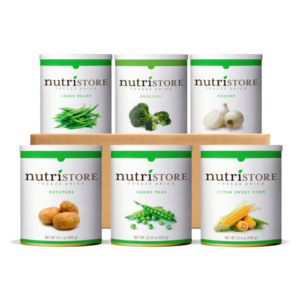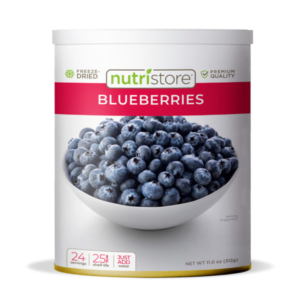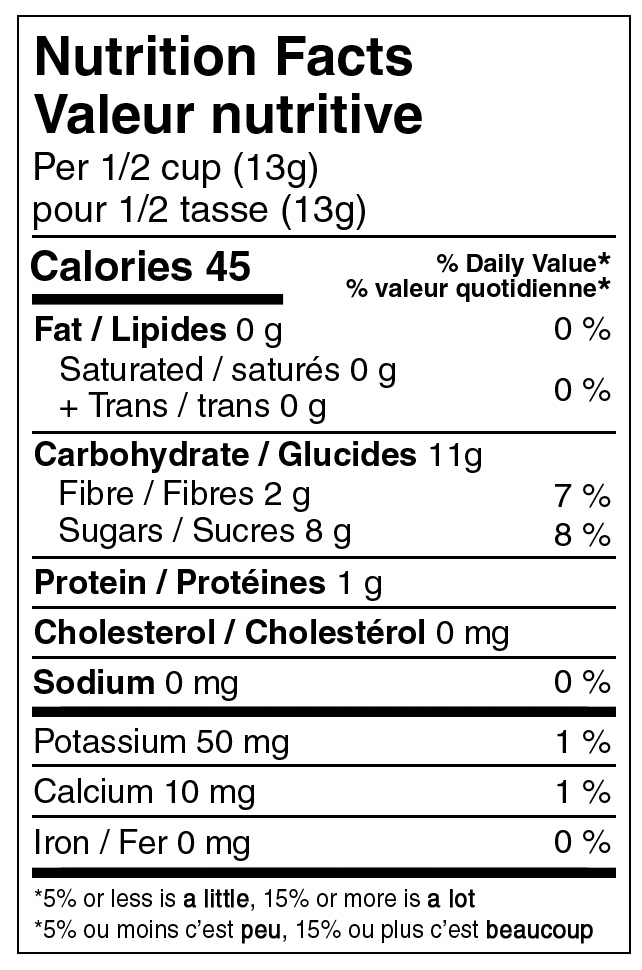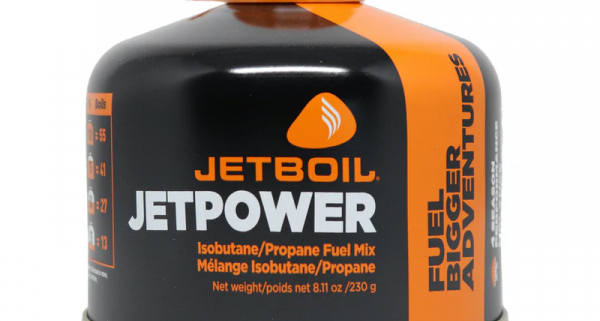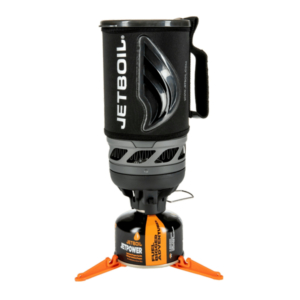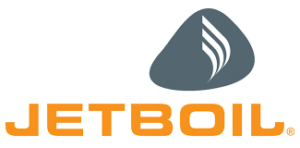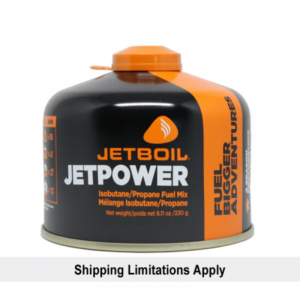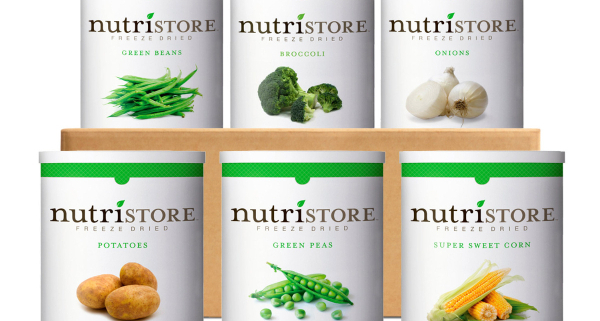For outdoor enthusiasts, mealtime in the wilderness often means sacrificing flavor and variety for convenience. Since Peak Refuel came on the scene in 2018, you can enjoy gourmet-quality meals that are both delicious and hassle-free. Today we are going to explore how Peak Refuel’s meal pouches combine convenience with incredible taste, elevating your outdoor dining experience to new heights (meaning quick, easy meals that taste restaurant quality).
Convenience Redefined
Lightweight and Compact: Peak Refuel’s meal pouches are the epitome of convenience. They are lightweight and designed to be compact, making them easy to pack, carry, and store in your backpack. Whether you’re on a day hike, an extended backpacking trip, a camping adventure, or even a horseback riding trip, these meal pouches won’t weigh you down.
Quick and Easy Preparation: Preparing a delicious meal with Peak Refuel is a breeze. All you need is a portable stove (like the JetBoil or Kelly Kettle) or campfire and hot water. Simply tear open the pouch, add hot water, stir, and wait a few minutes. Voilà! Your gourmet meal is ready to enjoy – even straight from the bag if you want. No need to carry pots, pans and dishes. I do however recommend packing a spoon or fork -wink-
Wide Variety of Flavors: Peak Refuel offers an extensive menu of mouthwatering options to satisfy every palate. From hearty breakfasts like breakfast skillet to savory dinners like beef stroganoff, their menu includes diverse flavors that will keep your taste buds excited throughout your outdoor journey.

As of this article in Oct 2023 – we have 18 delicious flavors of meal pouches to choose from.
Not all are depicted here, but you can find them all on our website here!
Incredible Taste, Every Time
Real Ingredients: What sets Peak Refuel apart is their commitment to using high-quality, real freeze-dried ingredients. You won’t find artificial preservatives or yucky soy fillers in these meals. Instead, you’ll enjoy the flavors of pure real meat, vegetables, and spices, just like you would in a home-cooked meal.
Nutrient-Rich: Peak Refuel understands the importance of nutrition in the outdoors. Their meals are carefully crafted to provide the energy and nutrients you need to fuel your adventures. You’ll find a balance of proteins, carbohydrates, and healthy fats in each pouch.
Consistent Quality: Whether you’re indulging in their beef chili or their chicken alfredo, you can count on consistent quality and taste. Peak Refuel takes pride in maintaining the same great taste in every pouch, so you know exactly what to expect with each meal.
Other Fun Facts You’ll Want to Know:
High Protein Content: Peak Refuels fully freeze dried meal pouches are known for their generous protein content. Whether you’re a hiker looking to refuel after a long day on the trail or an athlete seeking post-workout recovery, these meals offer a substantial amount of protein to meet your needs.
Allergen-Friendly Options: Peak Refuel recognizes that dietary restrictions and allergies are common concerns. They offer a variety of gluten-free and dairy-free meal options, making it easier for individuals with specific dietary needs to enjoy their meals.
Allergen Experience: I have a 12 year old son who is a celiac. When he goes away to camp or even for a sleepover, a meal like Sweet Pork & Rice really saves the day as a backup food option for when he cannot find safe food to eat
Long Shelf Life: Peak Refuels meals have a long shelf life, making them an excellent choice for emergency preparedness or as a backup food source during unforeseen situations. They have a sealed shelf life of up to 5 years when stored correctly. (Cool and dry just like other freeze dried foods)
Customer Reviews: Peak Refuel has received thousands of positive reviews from outdoor enthusiasts, backpackers, and campers who appreciate the convenience and exceptional taste of their meals. Reading customer feedback can provide insights into specific meal flavors and quality.
- Like Joey from BC says: “High protein meals that taste great.”
Customizable Portions: While the entire meal pouch is designed to be a single or double serving, you can easily split the contents into smaller portions if needed, making it versatile for individuals or groups.
Cooking Altitude: These meals are formulated to cook effectively at high altitudes with the lowest amount of fuel and water possible, so whether you’re in the lowlands or the mountains, you can enjoy a satisfying meal without any extra hassle.
But don’t just take my word for it – give them a try!
Mealtime in the great outdoors no longer has to mean settling for bland or inconvenient options. With Peak Refuel meal pouches, you can elevate your outdoor dining experience to gourmet levels without sacrificing the ease and efficiency you need on your adventures.
These lightweight, delicious meals are a game-changer for outdoor enthusiasts who want to savor incredible flavors in the heart of nature. Say goodbye to bland trail food and hello to Peak Refuel – where convenience meets culinary excellence in the great outdoors. Happy eating!



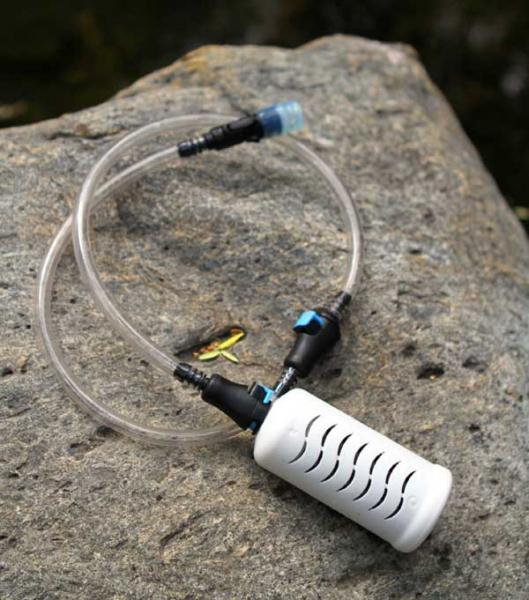

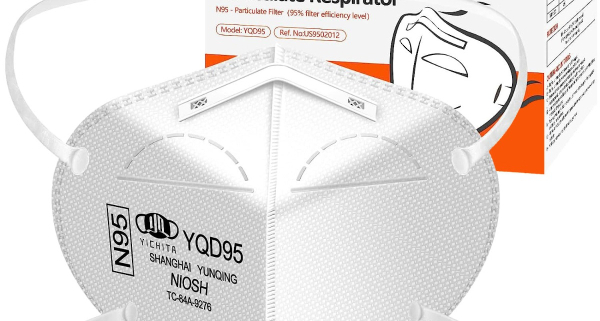

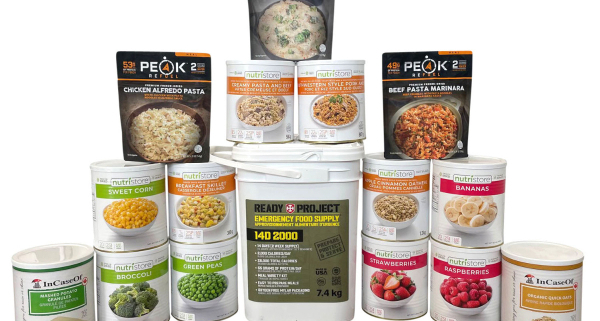


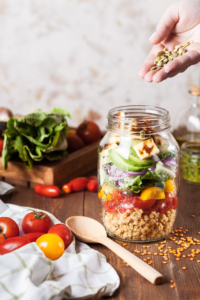


 Mistake #3
Mistake #3



